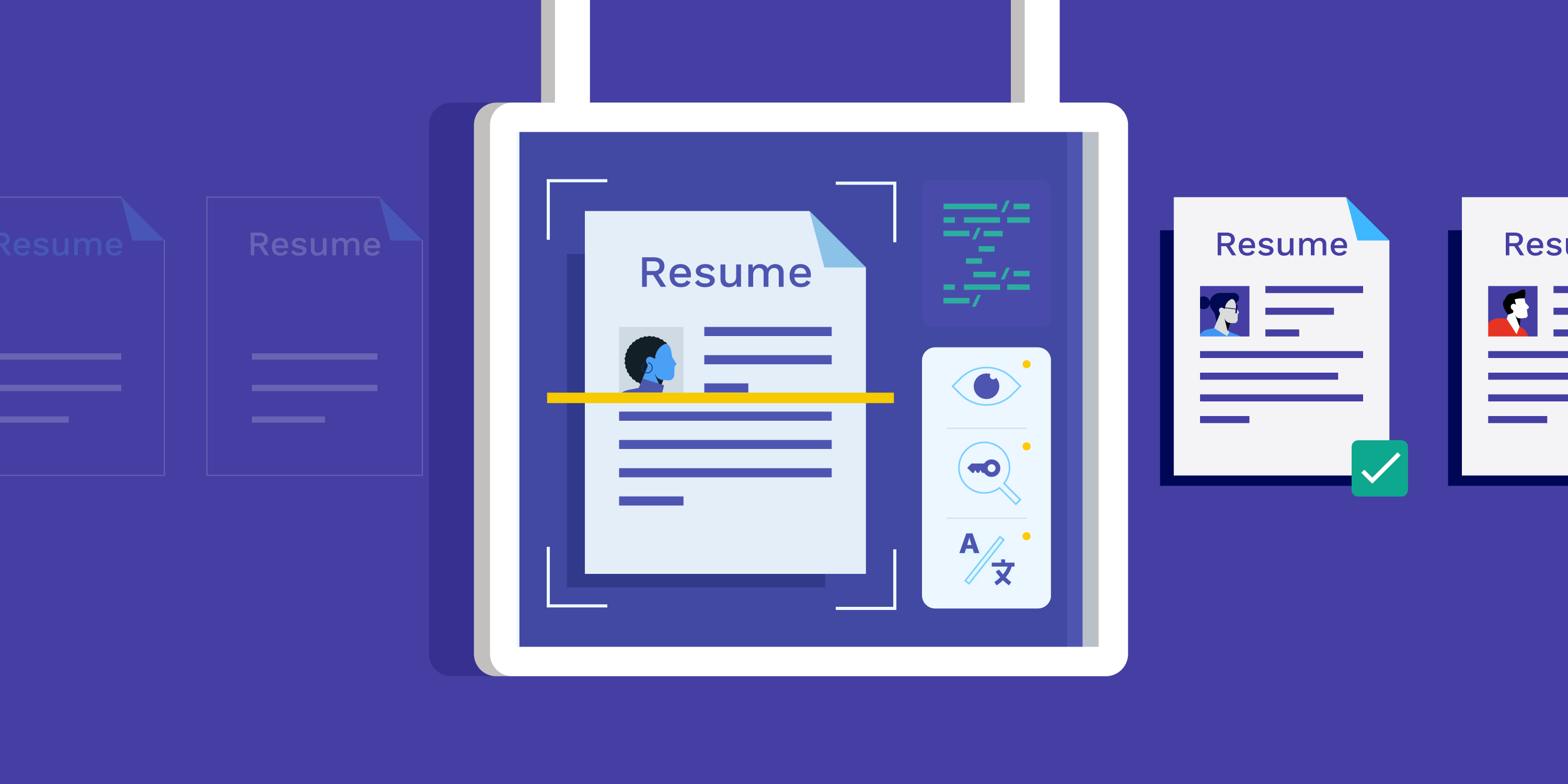Recruiter’s Guide: How To Hire Product Managers

Renganathan Padmanabhan has led digital experience teams for Nike and Deloitte. He writes about product management, tech, and leadership.
The Product Manager (PM) role is one of the top 5 job roles in the United States. Product managers drive digital products from vision to launch by working alongside engineers, designers, and several partners and stakeholders to build compelling customer experiences. They are the perfect glue, binding business strategy, user needs, and market know-how in a seamless way.
Grooming such a diverse stack of talent in the right mix within your company is hard. It is even harder to recruit product managers from the market, especially if your company is just beginning to hire the first product manager. Compound it with the fact that there is no consistent baseline for a product manager role across industries, and your requirements for this role can vary tremendously.
Cramming every possible skill for a product manager into a job description does not help. You would have to tailor the need for this role and align it with your company objectives, depending on the company type (B2B or B2C) and product offering for your company (traditional software, SaaS, API-driven, data).
Here is a scalable playbook for recruiting product managers, that you can apply as you begin to hire your product team.
1. Start With The Job Description
Not all aspects of technical recruiting are the same. Creating a structured job description the same way you would create for engineers or designers would either end up restricting your reach or attracting too many, who might not be a great fit. The following guidelines should help you create a job description, which attracts the right talent for the role in consideration.
Inform your candidate on their part in your company’s product roadmap
If your company is creating a new product for which you are hiring, give them an overview of what the product vision is for the next year and what success for them would look like in tangible terms. If you are hiring to improve an existing product, elaborate on the area of the product lifecycle they would be working on for e.g. acquisition, engagement, retention, or revenue.
Give them a view of their daily responsibilities
Show them what success on day 1/30/60 would look like, so they can assess if they can perform the job to the best of their ability. If you are expecting them to mentor junior PMs, state this clearly as part of the expectation. If you are hiring for a junior or associate PM role, you would need them to show demonstrated ability in skills outside of their core focus area for e.g. experience working with remote and distributed teams
Clearly outline essential, preferred and nice-to-have skills
As stated earlier, it is not possible to set in stone, the skill matrix for a given product manager role. Instead, state your minimum expectations depending on the level you are hiring for, and let the candidate demonstrate their promise in the preferred skills as stretch goals to hit, in their application to your job opening, in the form of a cover letter.
Regardless of levels, these are the top 5 essential traits to evaluate to find the best product manager candidates, according to a report from ProductPlan.
Communication skills: Can they communicate product vision to executives as well as peers in strategic or tactical terms?
Prioritization skills: Can they decide and prioritize with a keen eye on resourcing and data at hand?
Customer centricity: Can they deeply care from a customer-first perspective while solving a problem and improve the user experience?
Market orientation: Do they understand the addressable market well enough to define their target audience to position their product?
Technology and design acumen: Do they have the awareness and technical background to engage and gain the respect of the design and engineering teams working with them?
Ensure that you provide a transparent timeline and step breakdown of your screening and interviewing process in your job description. The candidates then view you as a team which respects their time and efforts, so they would prepare and look forward to the screening process.
2. Meet Product Managers Where They Are
Freelancer marketplaces
There are many tech-first freelancer marketplaces that could also help in your search. Many of these talent platforms will screen candidates for their skills and abilities.
PM course communities
Like communities for design and programming, the PM discipline has also matured into closed group communities and job boards. Many of these are hosted by several organizations, which teach PM courses. Product School, Mind the Product and Product Collective host the most visited job boards for product roles.
Remote-first forums
In the view of the COVID-19 crisis, the interest in remote PM roles has been gaining traction this year. If your company supports remote work options, these forums might be a great source of visibility. WWR, Remotive, and Angel.co are popular forums for remote PM roles.
As with any talent role, LinkedIn continues to be the primary destination for product managers engaging globally. If your company has a presence on LinkedIn, it would be worth writing thought leadership on product management to attract attention and gain authority.

3. Benchmark Salary & Benefits
It is no surprise that the budget for PM roles becomes a huge challenge to accommodate, considering the market benchmarks. Although the usual factors like experience, geography and skill level apply equally in this case, it is also important to demonstrate the overall benefits of providing an inclusive and accommodating workplace in a post-pandemic world.
Create a differentiated employer proposition for Product Managers
- Provide the value of your company culture and workplace convenience in your job description to differentiate yourself, if your company supports and encourages remote work.
- If you are hiring remotely worldwide, localize your listing so that PMs applying remotely get a view of what the company can provide in terms of benefits to enable them to be successful for e.g. healthcare benefits from local providers, hardware or software, co-working space stipend
- Use GlassDoor, PayScale, LinkedIn, and AngelList as reference points. The average US salary range for a mid-level product manager is $75,000 to $140,000. Levels.fyi is also rising up as a verifiable source, and it also gives a comprehensive view of the PM organization structure.
4. Screening And Interviewing Product Managers
If you anticipate a high inbound volume of applications for your role, it would be good to put an online screening test or survey in place. The test or survey could also contain open-ended or multiple-choice interview questions which would help you evaluate and filter their problem-solving skills as mentioned earlier. A lot of companies hiring for product roles design a comprehensive test on platforms like HackerRank or use questionnaire survey tools like Typeform.
Initial Product Manager interview
Once this first set of screening results are in, it’s time to begin the interview process. Arrange for a couple of interviews with one of your existing product managers. If you do not have a product team yet, your founders or an engineer-designer pair could evaluate the applicant’s skill set by asking a series of questions around the categories below. These questions will help you evaluate and determine the essential product manager traits in every interview.

After the initial interview, you could continue with a fictional product case study and asking them to respond with a two-page pitch. The outcome could be a slide deck, which they can present to your team as if your team member is the CEO of that fictional company.
Points to consider in a case study
- Remember to frame the case study to amount to not more than half a day’s work.
- It is recommended to continue this step with only those applicants with a high degree of confidence from your hiring team, so that you save time and effort on both ends.
5. Prepare The Job Offer
The steps to create and prepare a job offer would be largely similar to the other roles in your organization. Having said that, these specific guidelines will help the applicant assess and weigh in favor of your company, in view of the competing offers they might have at hand.
- Clarify the organization reporting structure and responsibilities in detail from a Day 1/30/60 perspective
- Provide a clear breakup of the compensation with bonus and stock options if applicable
- Portray a holistic view with regards to work schedule, onboarding procedure and benefits, especially if the role is remote-first
- Offer a transparent glimpse of next steps and timeline until the start date, with opportunities to interact with your existing team.
These steps in comprehensively clarifying the company’s work environment would increase the applicant’s chances of sticking to the offer.
6. Onboarding
A successful employee onboarding approach can acclimatize incoming PMs to hit the ground running from Day 1. These steps, combined with your organization’s existing orientation program, can ensure that you create a memorable experience for an incoming PM, according to Intercom.
- Prepare infrastructure access and welcome packages to be sent out well in preparation for Day 1. If the role is remote-first, ensure that the welcome packages can be shipped ahead of time to address delays.
- Introduce them to the company culture and pair them with mentors who provide them a safe space to freely ask queries and gain guidance from.
- Set them up with appropriate access to the product environment, complete with feedback systems access, so that they can form an unbiased opinion of the product’s performance and the customer base.
- Setup 1:1s with the key stakeholders in the organization and product team counterparts to understand the team’s style of working and forge conducive relationships
Conclusion: Formalize The Hiring Process For Your Product Managers
Finding the right PMs for your organization might be difficult, considering the competition in the market and the lack of a consistent process. The methods described in this post should help you define and formalize a process for making your first product hire, so that you are able to consistently find, screen and recruit high-quality PM candidates to grow your company.
Having said that, the approach and methods to hire product managers keep changing as the market evolves, especially in today’s post-pandemic world. We would be curious to know what you think is being done differently by leading product companies today.
- How do you hire product managers?
- What are you changing in your recruiting strategy as the market evolves?

Renganathan Padmanabhan has led digital experience teams for Nike and Deloitte. He writes about product management, tech, and leadership.






